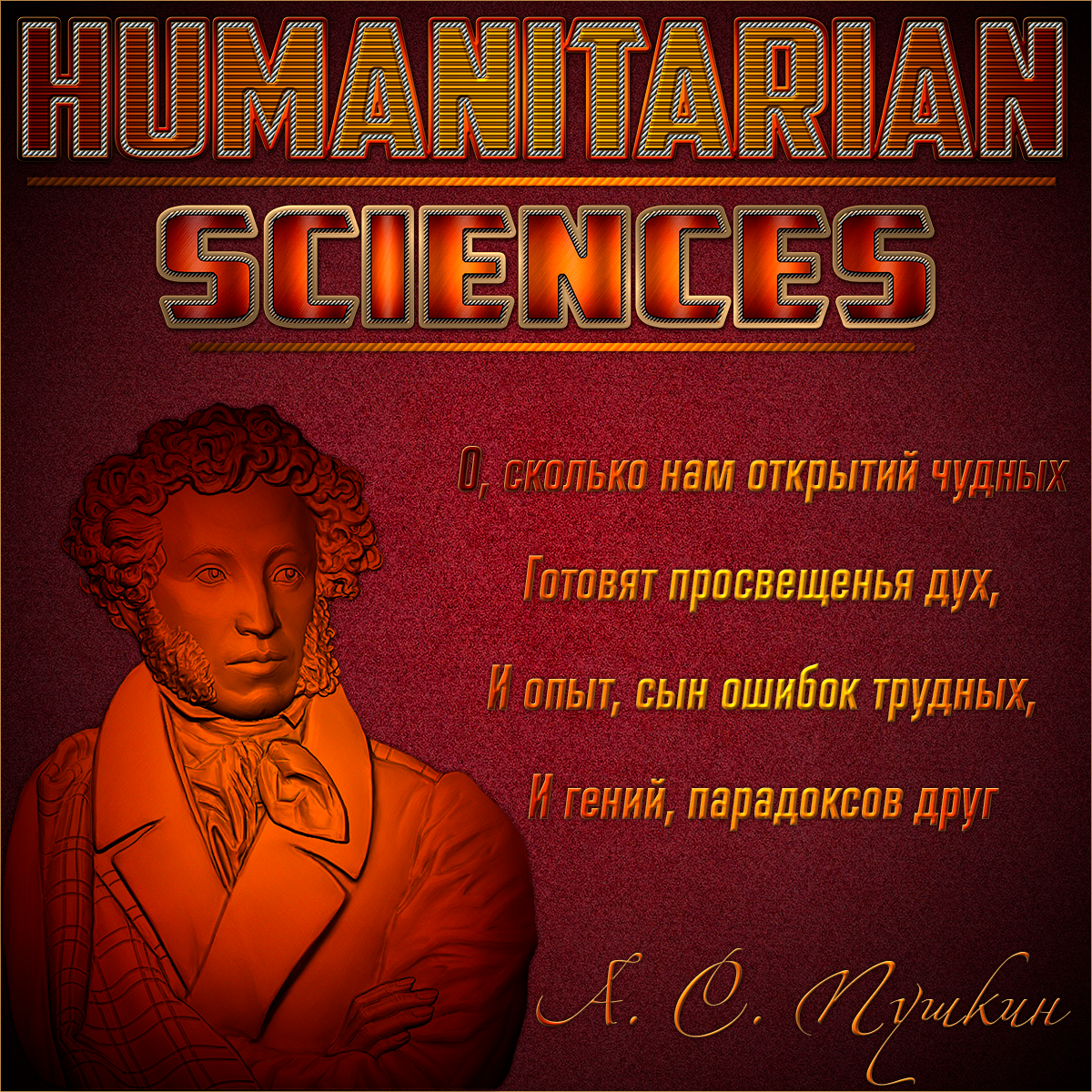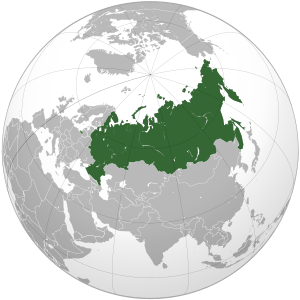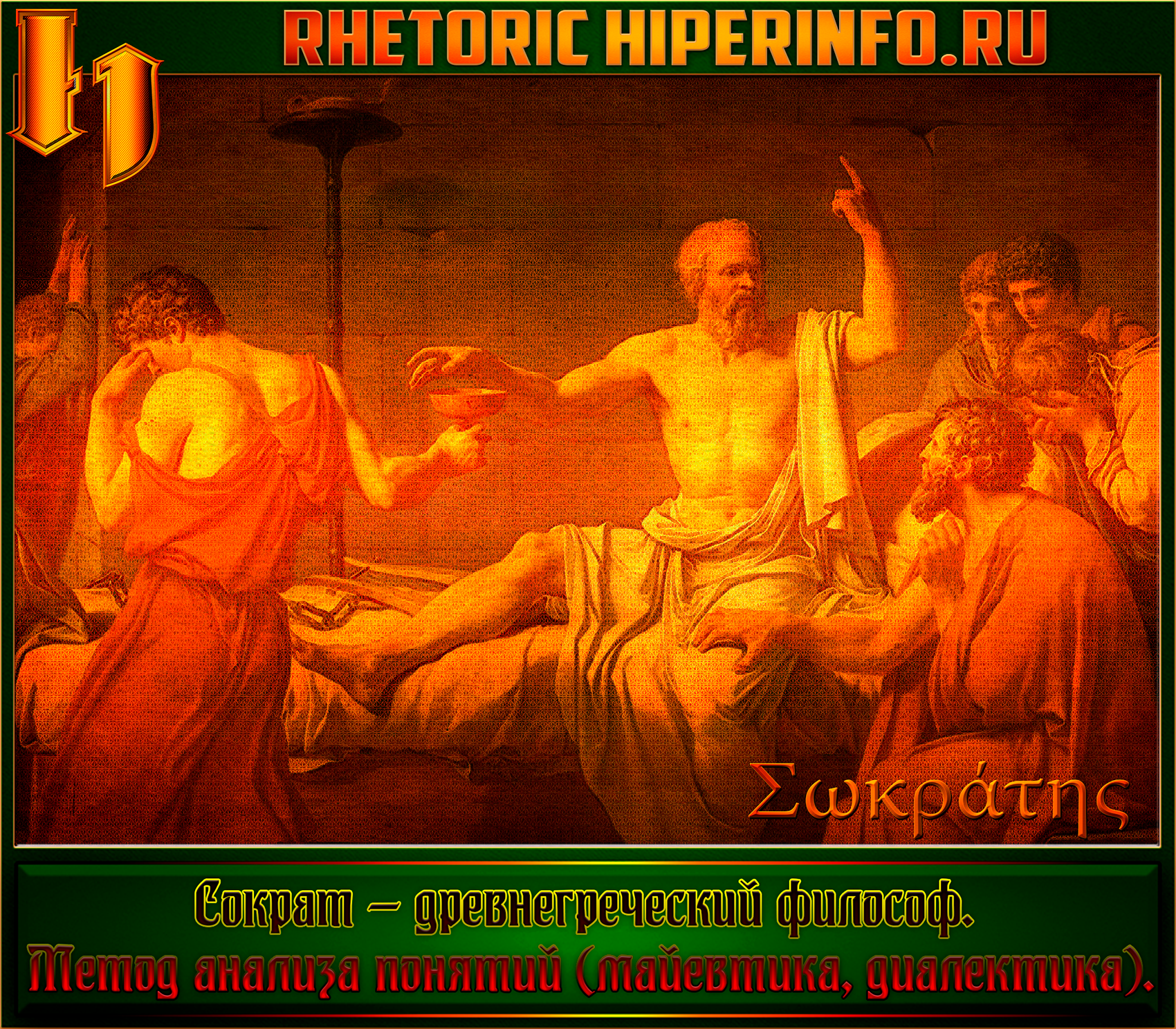- 101014 Просмотров
- Обсудить




ЧАСТНЫЕ БЕСПЛАТНЫЕ ОБЪЯВЛЕНИЯ / ПОДАТЬ ОБЪЯВЛЕНИЕ









 ГЕОГРАФИЯ. ПОЛИТИКА. ЭКОНОМИКА. ДЕМОГРАФИЯ. ЭКОЛОГИЯ. КУЛЬТУРА
ГЕОГРАФИЯ. ПОЛИТИКА. ЭКОНОМИКА. ДЕМОГРАФИЯ. ЭКОЛОГИЯ. КУЛЬТУРА
 РОССИЯ (RUSSIA)
РОССИЯ (RUSSIA)
Russia has undergone significant changes since the collapse of the Soviet Union, moving from a globally-isolated, centrally-planned economy to a more market-based and globally-integrated economy. Economic reforms in the 1990s privatized most industry, with notable exceptions in the energy and defense-related sectors. Nonetheless, the rapid privatization process, including a much criticized "loans-for-shares" scheme that turned over major state-owned firms to politically-connected "oligarchs", has left equity ownership highly concentrated. The protection of property rights is still weak and the private sector remains subject to heavy state interference. Russian industry is primarily split between globally-competitive commodity producers - Russia in 2009 became the world's largest exporter of both oil and natural gas and is also the third largest exporter of steel and primary aluminum - and other less competitive heavy industries that remain dependent on the Russian domestic market. This reliance on commodity exports makes Russia vulnerable to boom and bust cycles that follow the highly volatile swings in global commodity prices. The government since 2007 has embarked on an ambitious program to reduce this dependency and build up the country's high technology sectors, but with few results so far. A revival of Russian agriculture in recent years has led to Russia shifting from being a net grain importer to a net grain exporter. The economy had averaged 7% growth since the 1998 Russian financial crisis, resulting in a doubling of real disposable incomes and the emergence of a middle class. The Russian economy, however, was one of the hardest hit by the 2008-09 global economic crisis as oil prices plummeted and the foreign credits that Russian banks and firms relied on dried up. The Central Bank of Russia spent one-third of its $600 billion international reserves, the world's third largest, in late 2008 to slow the devaluation of the ruble. The government also devoted $200 billion in a rescue plan to increase liquidity in the banking sector and aid Russian firms unable to roll over large foreign debts coming due. The economic decline appears to have bottomed out in mid-2009 and by the second half of the year there were signs that the economy was growing, albeit slowly. Long-term challenges include a shrinking workforce, a high level of corruption, and poor infrastructure in need of large capital investment.
GDP (purchasing power parity): GDP (purchasing power parity): $2.103 trillion (2009 est.) $2.298 trillion (2008 est.) $2.176 trillion (2007 est.) note: data are in 2009 US dollars
GDP (official exchange rate): GDP (official exchange rate): $1.255 trillion (2009 est.)
GDP - real growth rate: -8.5% (2009 est.) 5.6% (2008 est.) 8.1% (2007 est.)
GDP - per capita (PPP): GDP - per capita (PPP): $15,200 (2009 est.) $16,300 (2008 est.) $15,400 (2007 est.) note: data are in 2009 US dollars
GDP - composition by sector: agriculture: 5.2% industry: 37% services: 57.9% (2009 est.)
Labor force: 75.81 million (2009 est.)
Labor force - by occupation: agriculture: 10% industry: 31.9% services: 58.1% (2007 est.)
Unemployment rate: 8.9% (2009 est.) 6.5% (2008 est.)
Population below poverty line: 15.8% (November 2007)
Household income or consumption by percentage share: lowest 10%: 1.9% highest 10%: 30.4% (September 2007)
Distribution of family income - Gini index: 42.3 (2008) 39.9 (2001)
Inflation rate (consumer prices): Inflation rate (consumer prices): 11.9% (2009 est.) 14.1% (2008 est.)
Investment (gross fixed): Investment (gross fixed): 20% of GDP (2009 est.)
Budget: revenues: $205.3 billion expenditures: $306.6 billion (2009 est.)
Public debt: 6.9% of GDP (2009 est.) 6.5% of GDP (2008 est.)
Agriculture - products: grain, sugar beets, sunflower seed, vegetables, fruits; beef, milk
Industries: complete range of mining and extractive industries producing coal, oil, gas, chemicals, and metals; all forms of machine building from rolling mills to high-performance aircraft and space vehicles; defense industries including radar, missile production, and advanced electronic components, shipbuilding; road and rail transportation equipment; communications equipment; agricultural machinery, tractors, and construction equipment; electric power generating and transmitting equipment; medical and scientific instruments; consumer durables, textiles, foodstuffs, handicrafts
Industrial production growth rate: -11% (2009 est.)
Electricity - production: 1.04 trillion kWh (2007 est.)
Electricity - consumption: 1.023 trillion kWh (2007 est.)
Electricity - exports: 20.7 billion kWh (2008 est.)
Electricity - imports: 3.105 billion kWh (2008 est.)
Oil - production: 9.81 million bbl/day (2008 est.)
Oil - consumption: 2.8 million bbl/day (2008 est.)
Oil - exports: 4.93 million bbl/day (2007 est.)
Oil - imports: 48,000 bbl/day (2007 est.)
Oil - proved reserves: 79 billion bbl (1 January 2009 est.)
Natural gas - production: 662.2 billion cu m (2008 est.)
Natural gas - consumption: 420.2 billion cu m (2008 est.)
Natural gas - exports: 245 billion cu m (2008 est.)
Natural gas - imports: 56.9 billion cu m (2008 est.)
Natural gas - proved reserves: 43.3 trillion cu m (1 January 2009 est.)
Current account balance: $42.08 billion (2009 est.) $102.4 billion (2008 est.)
Exports: $295.6 billion (2009 est.) $471.6 billion (2008 est.)
Exports - commodities: petroleum and petroleum products, natural gas, wood and wood products, metals, chemicals, and a wide variety of civilian and military manufactures
Exports - partners: Netherlands 11.2%, Italy 8.1%, Germany 8%, Turkey 6%, Ukraine 5.1%, Poland 4.5%, China 4.3% (2008)
Imports: $196.8 billion (2009 est.) $291.9 billion (2008 est.)
Imports - commodities: vehicles, machinery and equipment, plastics, medicines, iron and steel, consumer goods, meat, fruits and nuts, semifinished metal products
Imports - partners: Germany 13.5%, China 13.2%, Japan 6.5%, Ukraine 6%, US 4.5%, Italy 4.3% (2008)
Reserves of foreign exchange and gold: $439 billion (31 December 2009 est.) est.) $427.1 billion (31 December 2008 est.)
Debt - external: $369.2 billion (31 December 2009 est.) $483.5 billion (31 December 2008 est.)
Stock of direct foreign investment - at home: $255.6 billion (31 December 2009 est.) $491.2 billion (31 December 2007)
Stock of direct foreign investment - abroad: $196.7 billion (31 December 2009 est.) $176.7 billion (31 December 2008 est.)
Market value of publicly traded shares: $397.2 billion (31 December 2008) $1.503 trillion (31 December 2007) $1.057 trillion (31 December 2006 est.)
Exchange rates: Russian rubles (RUB) per US dollar - 32 (2009 est.), 24.853 (2008), 25.581 (2007), 27.191 (2006), 28.284 (2005)
Telephones in use: 44.2 million (2008) country comparison to the world: 5
Cellular Phones in use: 187.5 million (2008)
Telephone system: general assessment: the telephone system is experiencing significant changes; there are more than 1,000 companies licensed to offer communication services; access to digital lines has improved, particularly in urban centers; Internet and e-mail services are improving; Russia has made progress toward building the telecommunications infrastructure necessary for a market economy; the estimated number of mobile subscribers jumped from fewer than 1 million in 1998 to nearly 188 million in 2008; a large demand for main line service remains unsatisfied domestic: cross-country digital trunk lines run from Saint Petersburg to Khabarovsk, and from Moscow to Novorossiysk; the telephone systems in 60 regional capitals have modern digital infrastructures; cellular services, both analog and digital, are available in many areas; in rural areas, the telephone services are still outdated, inadequate, and low density international: country code - 7; Russia is connected internationally by undersea fiber optic cables; digital switches in several cities provide more than 50,000 lines for international calls; satellite earth stations provide access to Intelsat, Intersputnik, Eutelsat, Inmarsat, and Orbita systems (2008)
Radio broadcast stations: AM 323, FM 1,500 est., shortwave 62 (2004)
Television broadcast stations: 7,306 (1998)
Internet country code: .ru; note - Russia also has responsibility for a legacy domain ".su" that was allocated to the Soviet Union and is being phased out
Internet hosts: 7.663 million (2009)
Internet users: 45.25 million (2008)


Психология (5)\Психология (3)\Психология (2)\Психология (1)\Психология (4)
Психология (6)\Психология (7)\Психология (8)\Психология (9)\Психология (10)

МИФОЛОГИЯ
СИЛА И МУДРОСТЬ СЛОВА

ФИЛОСОФИЯ | ЭТИКА | ЭСТЕТИКА | ПСИХОЛОГИЯ | РИТОРИКА

ЛЮБОВЬ | ВЛАСТЬ | ВЕРА | ОБЛАДАНИЕ И БЫТИЕ | НИЦШЕ \ ЛОСЕВ \ СОЛОВЬЕВ \ ШЕКСПИР \ ГЕТЕ






РЕКЛАМИРУЙ СЕБЯ В КОММЕНТАРИЯХ
ADVERTISE YOURSELF COMMENT

















ПОДАТЬ ОБЪЯВЛЕНИЕ БЕСПЛАТНО
( POST FREE ADS WITHOUT REGISTRATION AND FREE )



ДОБАВИТЬ САЙТ (БЛОГ, СТРАНИЦУ) В КАТАЛОГ
( ADD YOUR WEBSITE WITHOUT REGISTRATION AND FREE )

Похожие материалы
Будь-те первым, поделитесь мнением с остальными.









